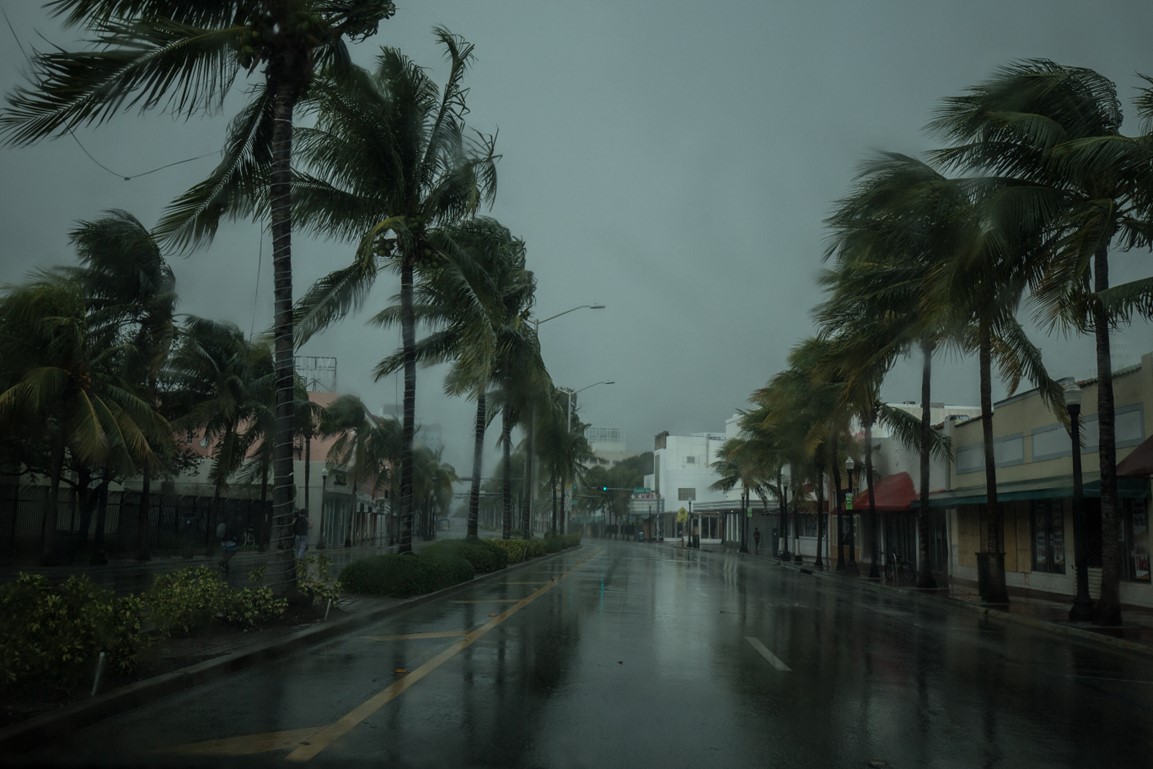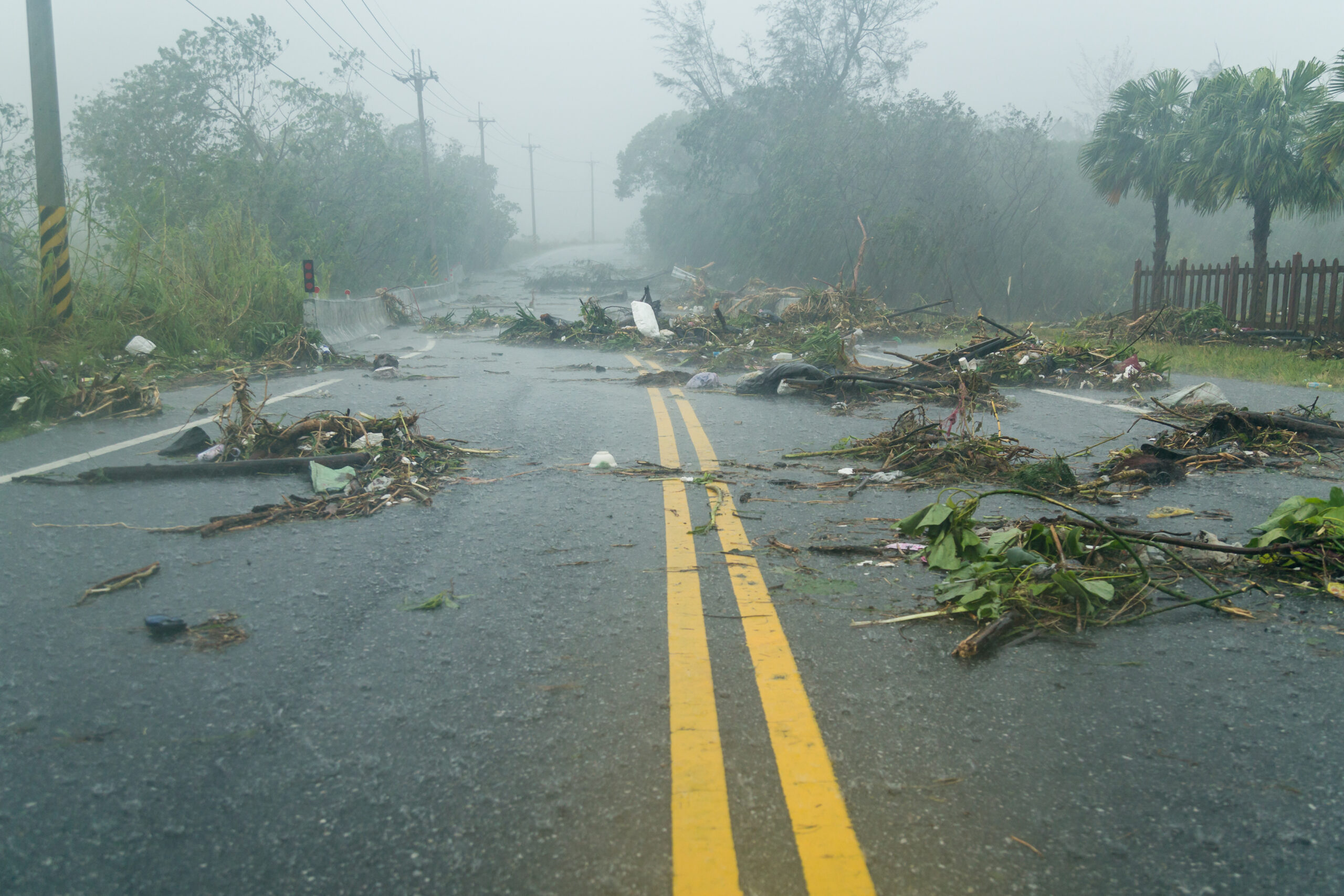We know that an important aspect of successful healthcare supply chain design is the ability to prepare for likely pressures, but what about something that is nearly impossible to predict, like a pandemic? A pandemic can strike without warning — and often with many unknowns about how to respond — it can put significant stressors on the medical supply chain. And yet, the system is built to weather those stressors.
To combat such risks, partners within the healthcare supply chain invest heavily in the design, maintenance, and modernization of facilities, their respective quality systems, and alternative distribution methods. Through diligent planning and wise investment, these efforts have been successful in limiting major disruptions in the global healthcare supply chain due to natural hazards or pandemics, like COVID-19.
As COVID-19 showed, a pandemic can strain the supply chain. However, different pandemics will stress the system in different ways. Overpreparing for one kind of pandemic could leave the supply chain vulnerable to something entirely different. Fortunately, the healthcare supply chain is prepared for a swift and strong response, no matter what comes.
One key to success is flexibility. Manufacturers are prepared to pivot to meet emerging needs. Distributors stand ready to move supplies to hot spots. Group purchasing organizations (GPOs) help healthcare providers — such as hospitals, nursing homes and home health agencies — realize savings and efficiencies by aggregating purchasing volume and using that leverage to negotiate discounts. Pharmacies are prepared to jump in and do what’s needed – be it providing emergency refills, vaccinations, or expert medical advice. With brainstorming, collaboration and planning, adaptability is built into the system.
Another key to risk reduction is redundancy. A diverse network of manufacturers and distributors are intentionally built into the supply chain so that if one is compromised, another is there to take its place. Geographic redundancy also protects the supply chain by diversifying risk across locations.
The healthcare supply chain works because its capabilities are nimble. The healthcare supply chain that annually ramps up production for allergy or flu season is the same system that responds to a natural disaster, terrorist attack, or pandemic.
Advocates for the medical supply chain never stop learning. Each natural disaster, each disease response, teaches us more. For example, we are currently working to identify vulnerable counties and populations and anticipate how to better help them in a crisis. Read more about this effort here.






